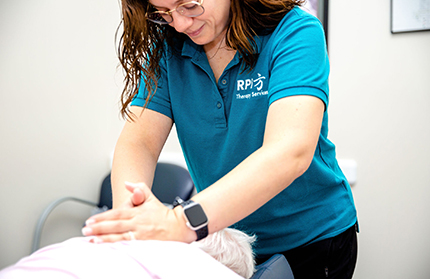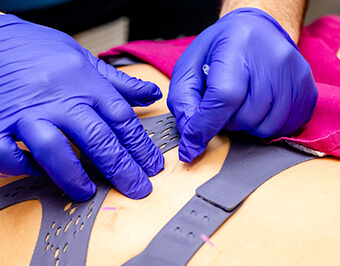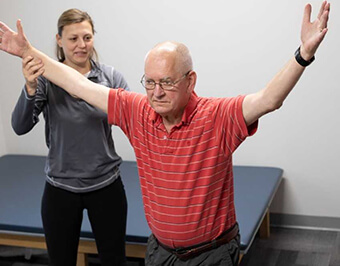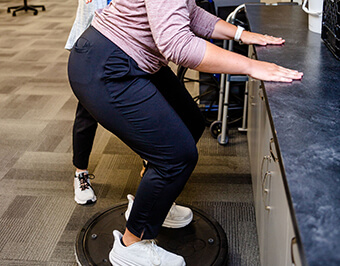Exceptional Care. Exceptional Results.
TAKE YOUR LIFE BACK
Welcome to
RPI Therapy Services
Providing outpatient Physical Therapy, Occupational Therapy, and Speech Therapy.
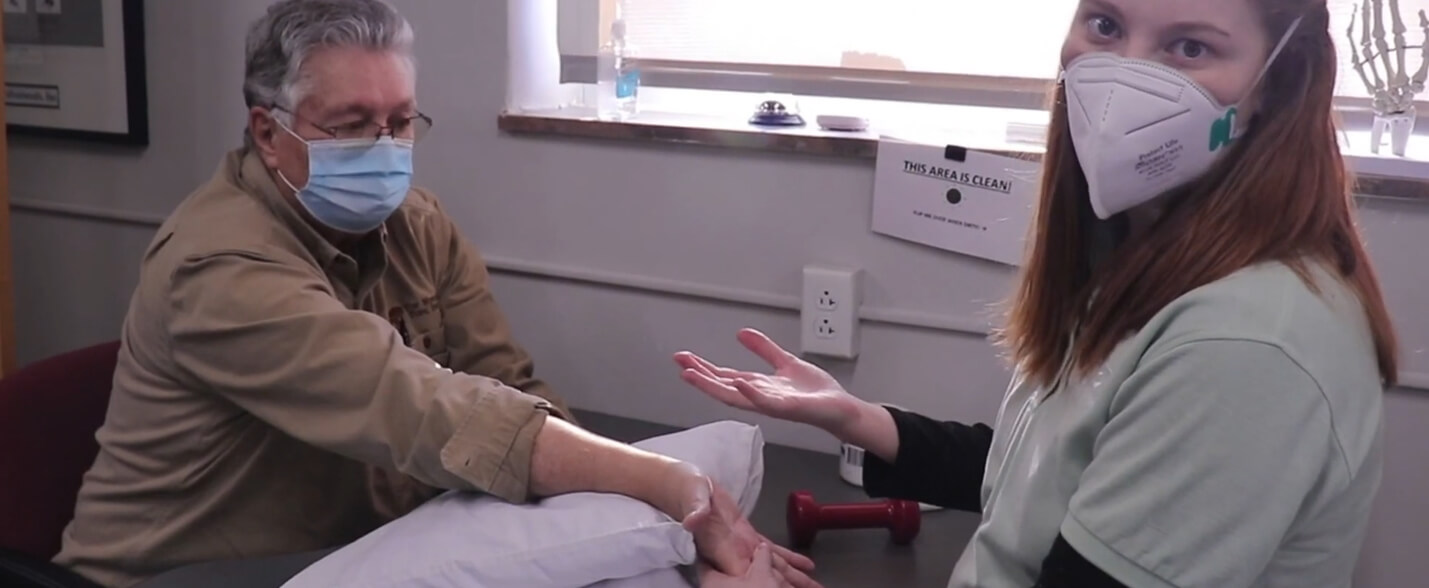
What Sets Us Apart

Individual Care
At RPI, we work with you one-on-one and develop a treatment plan that caters to your needs. Your health and wellness matters to us!
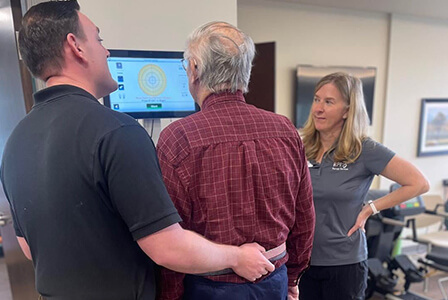
Evidence Based
Our therapists use best practice and evidence-based care to help you get the results you want.

Hands-On Approach
Our best results utilize manual therapy techniques to help reduce pain and improve function.

Individual Care
At RPI, we work with you one-on-one and develop a treatment plan that caters to your needs. Your health and wellness matters to us!

Evidence Based
Our therapists use best practice and evidence-based care to help you get the results you want.

Hands-On Approach
Our best results utilize manual therapy techniques to help reduce pain and improve function.

Individual Care
At RPI, we work with you one-on-one and develop a treatment plan that caters to your needs. Your health and wellness matters to us!

Evidence Based
Our therapists use best practice and evidence-based care to help you get the results you want.

Hands-On Approach
Our best results utilize manual therapy techniques to help reduce pain and improve function.
What We Treat
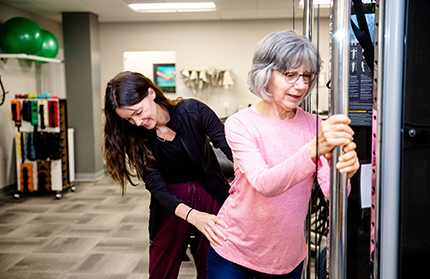
Providing a safe comprehensive multifaceted program in order to stabilize joint laxity and reduce pain
Read More
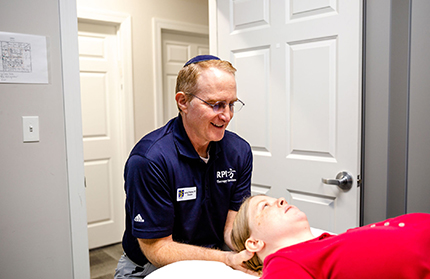
Our therapists can figure out what is causing your headaches and/or neck pain!
Read More
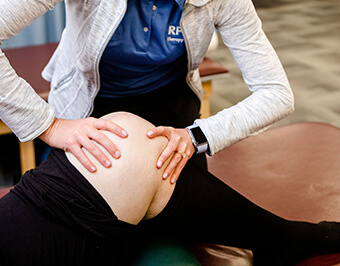
Get care from physical therapists that have extensive training in your pre- and post-operative treatment.
Read More

Come get an evaluation if you have jaw pain, difficulty chewing, or clicking and popping.
Read More
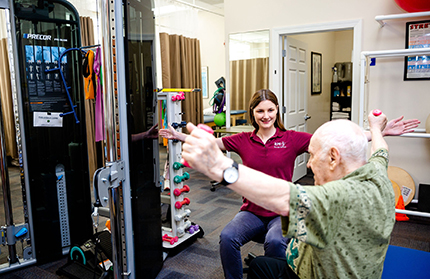
Our team of occupational therapists are here to help with shoulder, elbow, and wrist and hand issues..
Read More
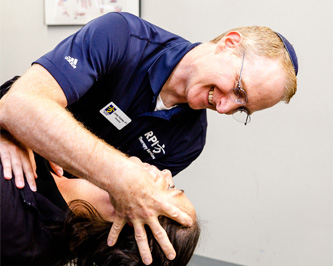
Dizziness or imbalance when changing positions can be treated, get it checked out today!
Read More
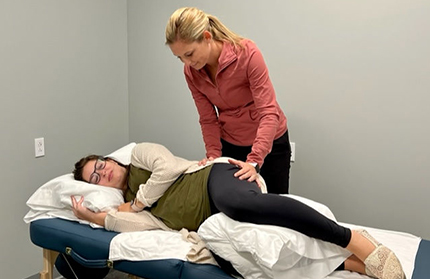
Certified pelvic health therapists can help with bladder incontinence, pelvic pain, and pregnancy and postpartum care.
Read More
Ehlers-Danlos Syndrome/Hypermobility Spectrum Disorders
Providing a safe comprehensive multifaceted ...
Pre/Post-Surgical Recovery
Get care from physical therapists that have extensive training in your pre- and post-operative treatment.
Temporomandibular Joint (TMJ) Dysfunction
Come get an evaluation if you have jaw pain, difficulty chewing, or clicking and popping.
Upper Extremity and Hand Dysfunction
Our team of occupational therapists are here to help with shoulder, elbow, and wrist and hand issues..
Vestibular Rehabilitation
Dizziness or imbalance when changing positions can be treated, get it checked out today!
What
People Are Saying
Lucas Lima
Very good physical therapists with good space and easy of booking
Lucas Lima
John Paul
Inna did a fantastic job treating my symptoms and in my case did miracles!
John Paul
Mary Kurtz
The staff at RPI are friendly and caring and are extremely professional and knowledgeable.
Mary Kurtz
Patrick Hayes
Great, thorough eval by Emily and warm reception from Whitney. Looking forward to therapy
Michelle Gooden
Excellent they were really nice and very supportive
Jeffrey Brown
They have consistently saved me from my bad bones!
Stephen Wiggins
Great professional and comfortable! Great staff and easy to talk to. Get you in really quickly without waiting!
Kayla Legg
Great PT's, very friendly and helpful
Sharon Manzy
Ally is great to work with. She is very friendly and I enjoy our visits. She is located at the Clayton office.
What
People Are Saying
Lucas Lima
Very good physical therapists with good space and easy of booking
Lucas Lima
John Paul
Inna did a fantastic job treating my symptoms and in my case did miracles!
John Paul
Mary Kurtz
The staff at RPI are friendly and caring and are extremely professional and knowledgeable.
Mary Kurtz
Patrick Hayes
Great, thorough eval by Emily and warm reception from Whitney. Looking forward to therapy
Michelle Gooden
Excellent they were really nice and very supportive
Jeffrey Brown
They have consistently saved me from my bad bones!
Stephen Wiggins
Great professional and comfortable! Great staff and easy to talk to. Get you in really quickly without waiting!
Kayla Legg
Great PT's, very friendly and helpful
Sharon Manzy
Ally is great to work with. She is very friendly and I enjoy our visits. She is located at the Clayton office.
Lucas Lima
Very good physical therapists with good space and easy of booking
Lucas Lima
John Paul
Inna did a fantastic job treating my symptoms and in my case did miracles!
John Paul
Mary Kurtz
The staff at RPI are friendly and caring and are extremely professional and knowledgeable.
Mary Kurtz
Patrick Hayes
Great, thorough eval by Emily and warm reception from Whitney. Looking forward to therapy
Michelle Gooden
Excellent they were really nice and very supportive
Jeffrey Brown
They have consistently saved me from my bad bones!
Stephen Wiggins
Great professional and comfortable! Great staff and easy to talk to. Get you in really quickly without waiting!
Kayla Legg
Great PT's, very friendly and helpful
Sharon Manzy
Ally is great to work with. She is very friendly and I enjoy our visits. She is located at the Clayton office.
Facts
Average number of patient visits annually
experience
Request Your Appointment











